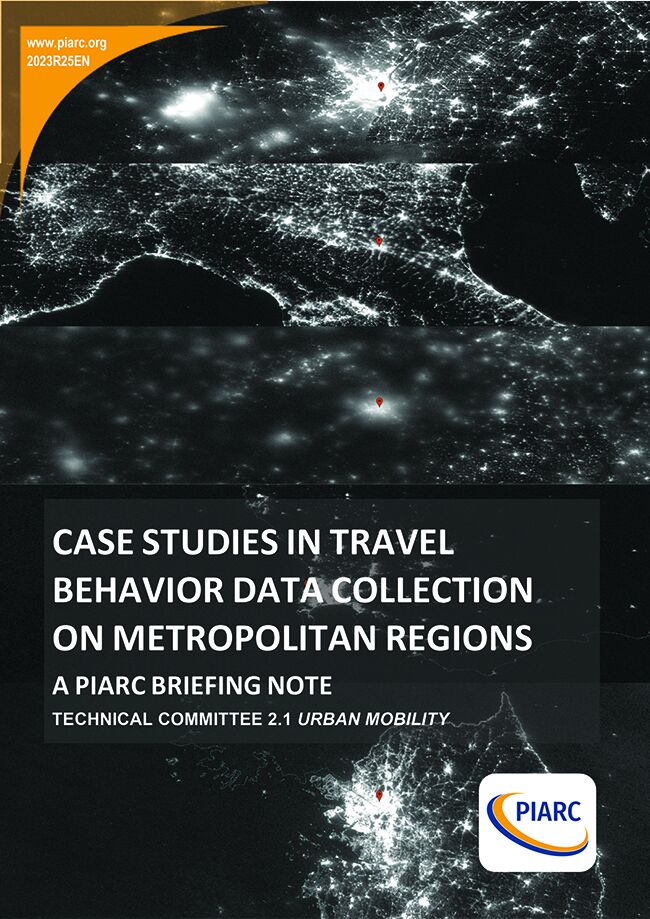Case Studies on Travel Behavior Data Collection in Metropolitan Regions - Briefing Note

A large number of people have been gathering in and around the cities. Transport infrastructure provision and land-use regulations cause cities to expand towards their outskirts creating urban sprawl and convert rural areas into peri-urban areas. So, understanding how the burden caused by the low-density urban expansion affects the entire metropolitan area is important.
We focused on household travel surveys to investigate travel behavior of the residents in the metropolitan areas. It was a time consuming process to examine who builds up what kind of travel behavior data and how to reach the raw data. Thus, we decided to make this briefing note roughly dealing with the comparisons of the travel behavior data of 5 metropolitan areas at a framework level in this cycle.
We analyzed the five case studies by comparing the details of their survey formats and contents. Specifically, we looked at their survey history, authority, the scope of the spatial area, schedule, traffic analysis zone (TAZ) design, sample rate, interview methods, legal frameworks, and microdata availability. To choose the criteria to compare, we tried to understand the similarities and differences between the surveys and reviewed the literature on interview-based travel behavior surveys.
From our comparative analysis, we found suggestions for the authorities interested in travel behavior surveys development. The suggestions are about 5 points: 1) survey coverage wider than the metropolitan area, 2) legal framework to ensure interoperability and persistency of the survey, 3) compatibility between TAZ and the administrative units (i.e., census tract, ward or district), 4) openness to the new transport modes (i.e., shared modes of transport, autonomous and connected vehicles) and 5) openness to the new survey technique (i.e., GPS, crowdsourcing). We expect that these suggestions would be valuable guidance for the Iow- or middle-income countries (LMICs) to design and implement the travel behavior survey. We also suggested PIARC to assist these efforts by establishing a transport database and global indicators to measure accessibility and mobility of metropolitan regions.
Information sheet
- Date: 2023
- Author(s): Comité technique / Technical Committee / Comité Técnico 2020-2023 2.1 Mobilité en milieu urbain / Mobility in Urban Areas / Movilidad en áreas urbanas
- Domain(s): Urban Mobility
- Type: 2023R25EN - Briefing Note
- PIARC Ref.: 2023R25EN
- ISBN: 978-2-84060-798-4
- Number of pages: 50